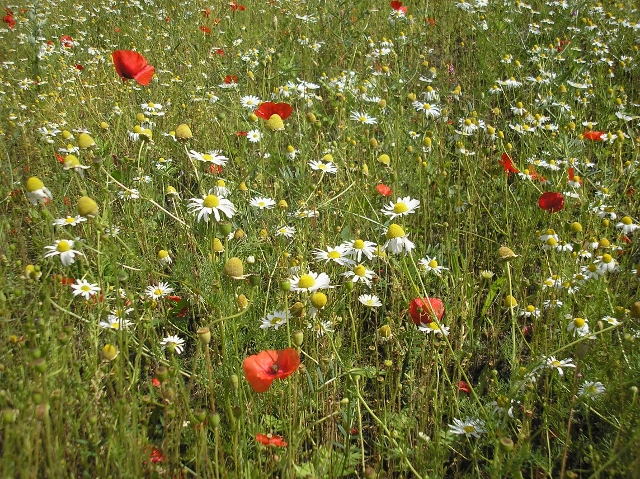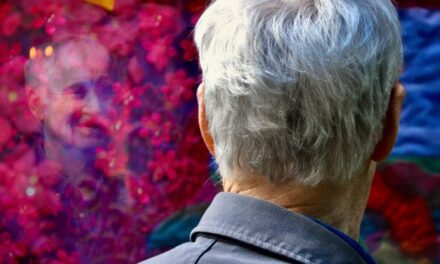When I picked up The Wild Bee Handbook by Sarah Wyndham Lewis, I half expected it to be like so many ‘handbook’ type publications I had read before: a coffee table book full of pretty fluff pieces with lovely pictures.
I couldn’t have been more wrong. The Wild Bee Handbook is chock-full of fascinating details about wild bees and how to create the correct environment. It is an incredibly informative book and clearly well researched.
 I am interested in bees and have read quite a lot on the subject, but I still learned so much from this book. Everything is explained clearly, concisely and practically. Wyndham Lewis makes the excellent point that information regarding bees in the mainstream is geared entirely towards honeybees as if the other 250 species of solitary and wild bees were of no consequence. As the proud owner of an extensive wild bee hotel, I found this very refreshing.
I am interested in bees and have read quite a lot on the subject, but I still learned so much from this book. Everything is explained clearly, concisely and practically. Wyndham Lewis makes the excellent point that information regarding bees in the mainstream is geared entirely towards honeybees as if the other 250 species of solitary and wild bees were of no consequence. As the proud owner of an extensive wild bee hotel, I found this very refreshing.
The book covers different types of wild bee in the UK, and which flowers, trees and bushes you should grow to support each species. It also shares lists of plants which will create the perfect habitat, from herbs to crops and climbers. I have been looking for a book like this for ages. Added to its usefulness, the book is beautiful and I know I will be dipping into it for years to come as I attempt to create my perfect British wildlife garden.
On the other side of the world in Melbourne, Australia, Anna Carlile looks at rewilding ourselves and the world around us in her wonderful book, Wild Life.
Carlile’s book aims to gently reconnect you to the ebbs and flows of the natural world. It asks you to rediscover nature’s wild rhythms and to examine your relationship with your environment.
Each chapter focuses on the parts of your life that are, or can be, intertwined with nature. It covers everything from foraging and harvesting your own sea salt to extracting natural dyes and propagating plants.
It’s an extremely relaxing book, and I can imagine it having a deeply calming effect on anyone who reads it. I must admit it also made my soul ache a little for Melbourne where I lived 20 years ago, enjoying wild camping trips and wild swimming in the Murray River as well as the fabulous natural beauty of Australia. 
As a lifestyle book, it is extremely accessible with lots of fascinating information about finding your circadian rhythms, tracking the cycles of the moon, navigating wild spaces, and so much more.
The ethos of the book really struck a chord with me, as it sought to reconnect the reader with nature’s timeless beats through simple living and simple pleasures. Wild Life asks you to think about respecting and honouring the natural world too, and urges you question your impact upon it.











